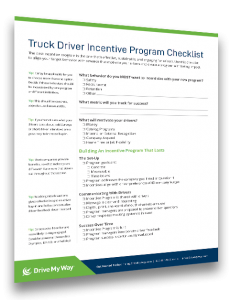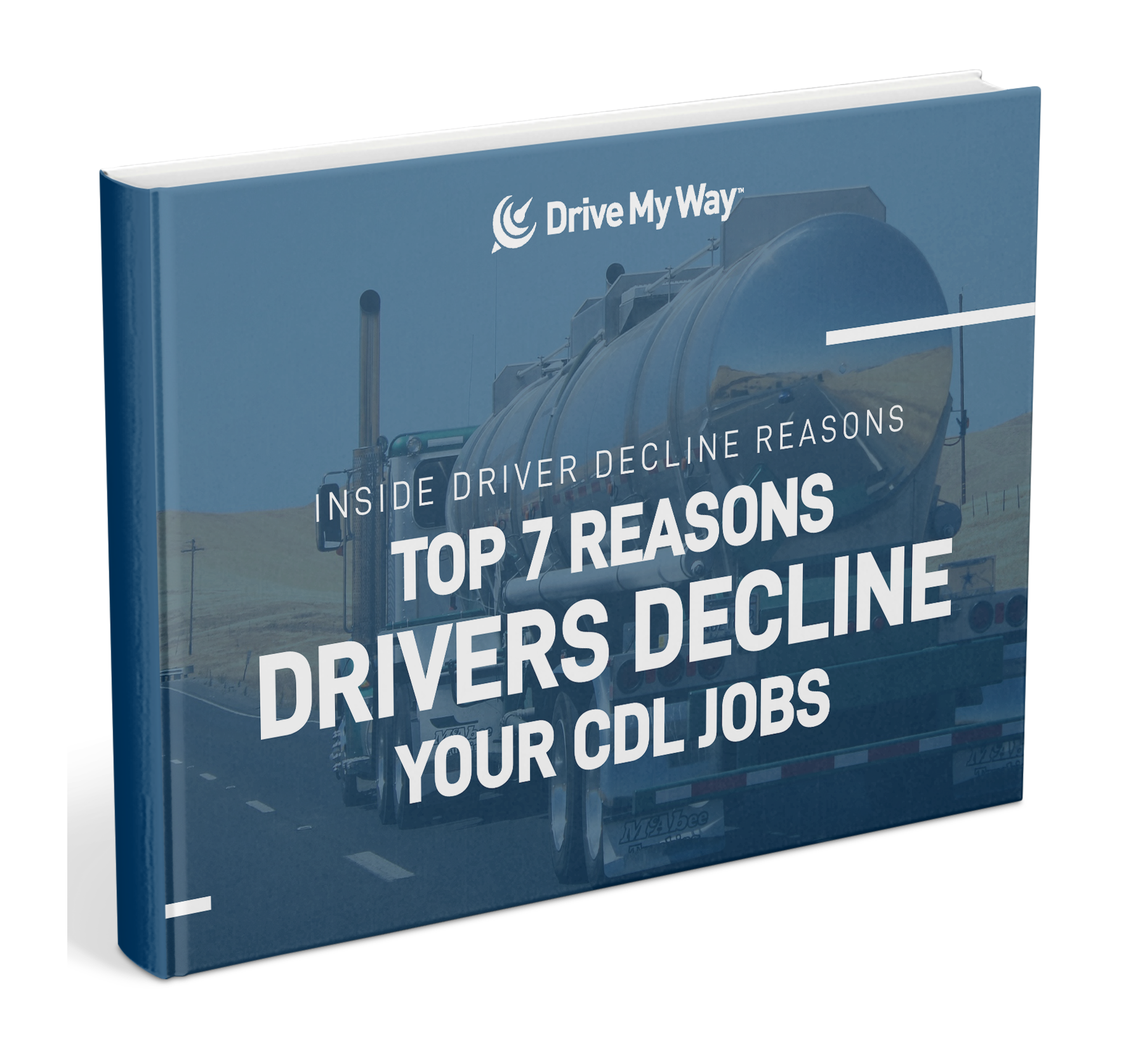 In the trucking industry, we hear a lot about a shortage of truck drivers and how that’s to blame for a lot of the logistics holdups our country is facing. While hiring and retaining truck drivers is definitely an issue that a lot of carriers are facing, there’s another that’s proving to be just as much of an obstacle; a shortage of semi-trucks.
In the trucking industry, we hear a lot about a shortage of truck drivers and how that’s to blame for a lot of the logistics holdups our country is facing. While hiring and retaining truck drivers is definitely an issue that a lot of carriers are facing, there’s another that’s proving to be just as much of an obstacle; a shortage of semi-trucks.
Why is There a Truck Shortage?
 If you’ve tried to buy a personal car, pick-up truck, or SUV in the past two years, you’re probably aware of the microchip shortage that the auto industry is facing. Unfortunately for fleet managers and would-be owner operators, this is an issue for the trucking industry as well.
If you’ve tried to buy a personal car, pick-up truck, or SUV in the past two years, you’re probably aware of the microchip shortage that the auto industry is facing. Unfortunately for fleet managers and would-be owner operators, this is an issue for the trucking industry as well.
The problem is that there’s a shortage of the microchips that go into almost all consumer and commercial vehicles. These microchips are used to control important vehicle functions including everything from air conditioning to lane assist features.
During the Covid-19 pandemic when lockdowns were initiated, people started driving less and staying in more, and using personal electronics like phones, tablets, and laptops. The factories that create these microchips started pumping out more and more of these personal electronic microchips while slashing the number of automotive microchips they made.
Fast forward to today and the demand for new vehicles has returned to pre-pandemic levels. Lockdowns are over and the pandemic overall is pretty much in the rearview mirror in the United States.
Unfortunately, these microchip factories haven’t caught back up with production of automotive microchips. Thanks to a huge number of factors including incentive to produce more profitable microchips for 5G smartphones, energy usage regulations, and strict ZERO Covid policies still being implemented in China, microchip production is still slowed.
How is the Semi Truck Shortage Affecting the Trucking Industry?
 The two main groups being affected by the semi-truck shortage are fleet managers and owner operators. Owner operators eager to either buy their first truck or upgrade to a new one are finding it hard to do so with limited inventory and skyrocketing prices for both new and used trucks. Many dealers across the U.S were sold out of semi-trucks by the end of January this year.
The two main groups being affected by the semi-truck shortage are fleet managers and owner operators. Owner operators eager to either buy their first truck or upgrade to a new one are finding it hard to do so with limited inventory and skyrocketing prices for both new and used trucks. Many dealers across the U.S were sold out of semi-trucks by the end of January this year.
Some fleet managers and recruiting teams are getting to the point where they can’t expand the way they’d like to because they’re not able to acquire the trucks they need.

Jason Crowell, Director of Recruiting, CCT
Jason Crowell, Director of Recruiting with Drive My Way client, Custom Commodities Transport is one such person affected by the trucking shortage.
“We were getting very close to having to stop advertising our jobs because of the semi-truck shortage. Luckily, it didn’t come to that. It’s definitely a very interesting time for the salespeople, the operations people, and certainly for the recruiters.”
What Can Recruiters Do?

The best thing recruiters can do is nurture the relationships they’ve built with driver candidates even if they don’t have the trucks to put them in right now.
“What we’re having to do is nurture some of those relationships that our recruiters are making a bit longer, because we may not have the truck capacity at the moment to hire them even if they’re a good fit for us.” – Jason Crowell, Director of Recruiting, Custom Commodities Transport
While it’s not the ideal situation, continuing to check in with quality driver candidates by maintaining regular touchpoints will give recruiters a better chance of landing them once their fleet has the capacity to bring them on.
Will the Truck Shortage End Soon?

Some reports say that microchip production is ramping back up, but not to the levels we saw pre-pandemic.
There’s some speculation that even when the supply chain for microchips returns to normal, we still won’t be seeing full lots of semis like we did in years past. Why?
Through this ordeal, auto manufacturers have learned It’s more profitable and efficient to build only what’s needed instead of having huge numbers of trucks shipped out that may sit on the lot for months.
The best thing for fleet managers and owner operators to do is to assume this is the new normal for the time being and adjust their plans to purchase new semi-trucks accordingly.
There may be a time when microchip production increases and we have a surplus of semi-trucks readily available for purchase, but that unfortunately doesn’t look like any time soon.

 Custom Commodities Transport Partners with Drive My Way for Success
Custom Commodities Transport Partners with Drive My Way for Success



 The final, but perhaps most important, retention strategy comes from
The final, but perhaps most important, retention strategy comes from 


 Trend 2: More Workers Go Straight to College or the Trades
Trend 2: More Workers Go Straight to College or the Trades Trend 4: Most Current Drivers are Men
Trend 4: Most Current Drivers are Men





